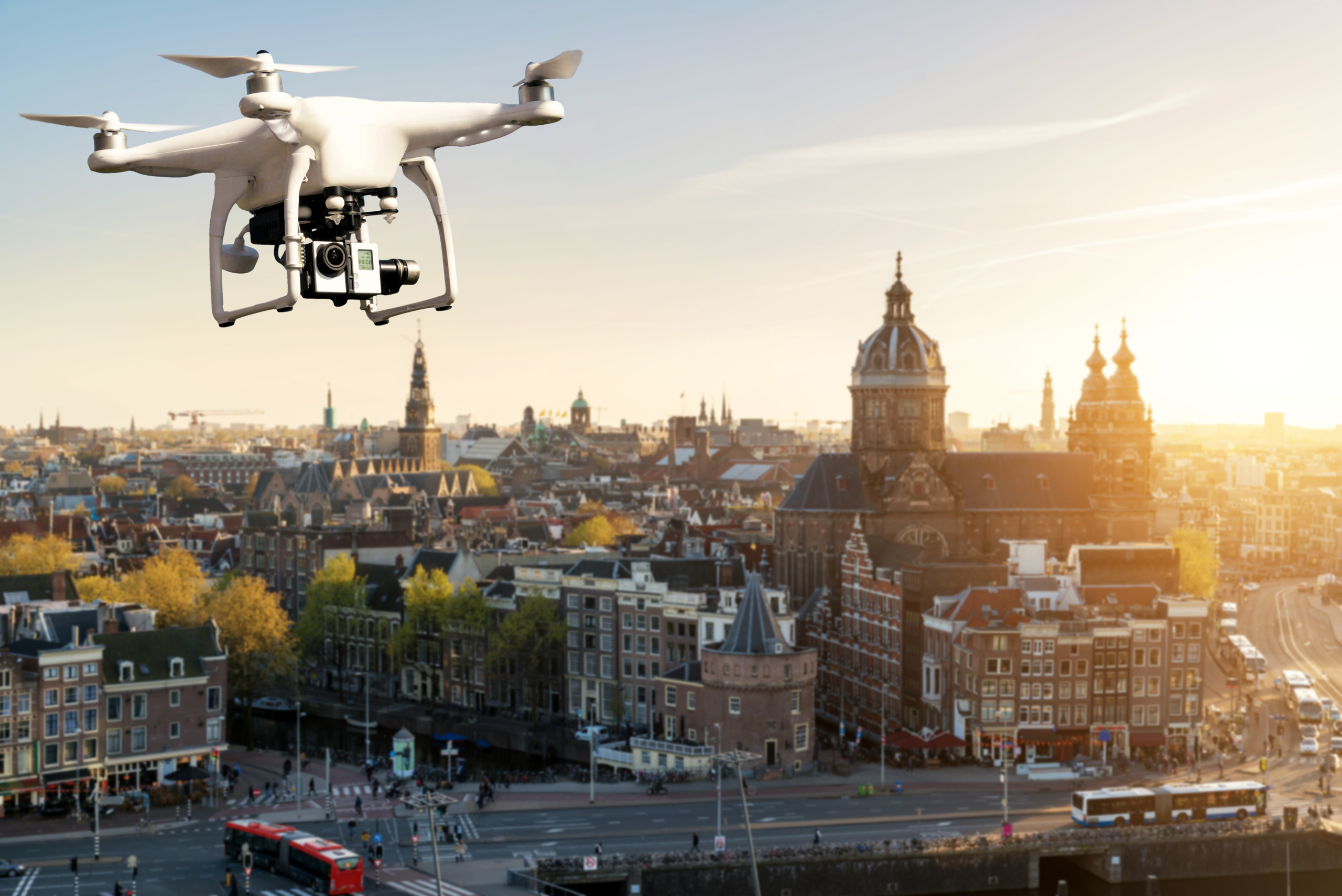
that will contribute to the sustainable mobility of people and goods in European cities. This will include operations over densely populated areas, which will be performed in a way that they do not negatively affect cities’ liveability and citizens’ quality of life.
As a set of new services relying on a high level of digitalisation and automation to support safe, efficient, and secure access to airspace for large numbers of drones, U-space intrinsically covers the assessment of its own societal and environmental impacts.

A wide variety of stakeholders is needed to depict a comprehensive picture of the U-space operations’ impacts. Their inputs will be integrated in a co-creation process to define a complete indicator system, which will be applied to specific case studies to ensure their practical usefulness.

The assessment of UAM’s social and environmental impact requires several advances in different research areas: U-Space performance indicators, modelling of noise and visual pollution generated by drone trajectories, and analysis of population exposure. Key factors will be considered:



